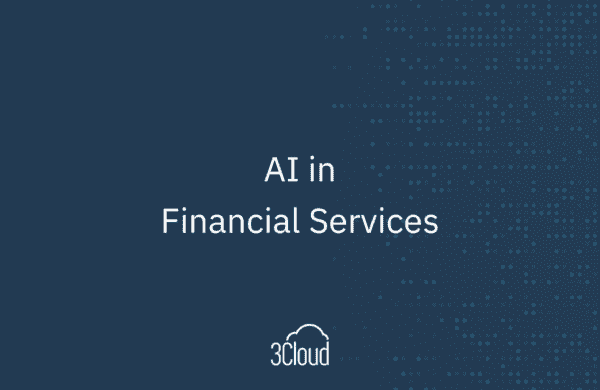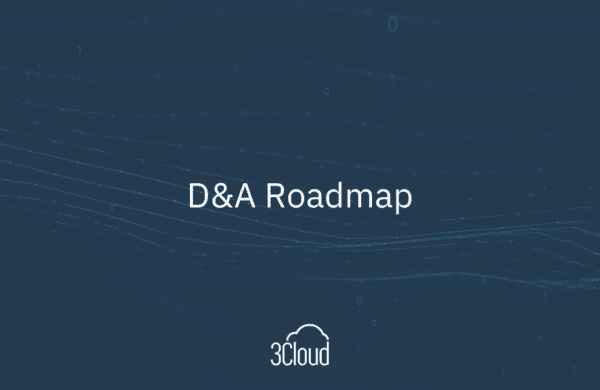At the recent Ignite 2019 conference in Orlando, Florida, Microsoft outlined its vision to continue extending Power BI’s enterprise capabilities. Even with Power BI Premium, deploying Power BI in an organization often means working around concerns such as model size limitations, vague deployment procedures, and more.
With upcoming features announced and demoed at Ignite, Microsoft is much closer to completing its enterprise vision for Power BI, and balancing the needs of both the self-service and enterprise audience. Whether you work on a business team or in IT, there are benefits for everyone, available now and coming soon to Power BI.
Deployment Pipelines
BlueGranite works with a variety of organizations of all sizes to deploy and manage Power BI. Many corporations prefer a formalized deployment process, which is often built into their enterprise tools. By comparison, Power BI is immature in this area. Deployment Pipelines will overcome the current gap by allowing a clear and easy path through different environments for development, test, and production. Instead of an incomplete process for manually publishing content into different workspaces or having to immediately jump into the API or PowerShell, deployment becomes a straightforward procedure in the Power BI user interface.
BlueGranite consultant Olya Musokhranova praises Deployment Pipelines and sees positive impact in streamlined deployment strategies: “Currently any enterprise-level Power BI adoption project requires developing a set of company policies on publishing, testing, and distributing content, such as naming conventions for Test and Production Workspaces, usage of Workspaces, and Apps for content distribution, etc. The new features will make these initial discussions with both BI and IT teams easier.”
Expect to see Deployment Pipelines in public preview this spring.
Data Protection, Sensitivity Labels, and Monitoring
A common problem for organizations is safeguarding sensitive data both in and outside of a tool like Power BI. Often, explicit rules for compliance and auditing guide security efforts. Terms like PII (Personally Identifiable Information) and PHI (Protected Health Information) have become commonplace in organizations that store personal data, corporate financial data might not be appropriate for all levels of an organization, etc.
Beyond current protection levels, like workspace security or row-level security, what can be done to safeguard data in Power BI? What happens if someone exports sensitive data to Excel, after which, it is anyone’s guess where it may end up?
One of the primary strengths of Power BI is its integration with other tools in Microsoft’s ecosystem. Power BI integrates well with products across the Power Platform, Office 365, and Azure. In order to better protect data, you could use Azure Key Vault to “bring your own key” for encrypting your data at rest. In addition, users can now rely on sensitivity labels created in Microsoft Information Protection, and governance and monitoring of sensitive data through Microsoft Cloud App Security.
For an example with sensitive data and Cloud App Security, a healthcare organization could label data as Protected Health Information. It could block downloads completely based on sensitivity, device, location, or other criteria. Alternatively, it could allow exports associated with a sensitivity label that maintain a level of protection even in what has always been a tenuous Excel-focused distribution scenario. Administrators can also monitor how the data is being distributed in Cloud App Security, and this view will also soon come to Power BI’s admin portal.
Most of these capabilities are available today in public preview.
Larger Tabular Models
Josh Crittenden is excited about breaking through the current ceiling to enable larger model sizes in Power BI Premium: “Microsoft has stated numerous times that Power BI will contain a superset of Analysis Services functionality. Allowing for large, enterprise-size models is a big step toward that goal. It’s also another selling point for Power BI Premium. Previously, customers would have a costly decision – whether or not to purchase both AAS (Azure Analysis Services) and Power BI Premium – but in many cases, Power BI Premium can now be the sole purchase.”
In Power BI Premium, models will soon be able to jump well beyond the current 10GB limit to 400GB. Eventually, Microsoft expects growth into multiple terabyte territory with planned “extended memory” features.
Lineage View
Until now, Power BI has relied on a simple List view of reports, datasets, and other content within a Workspace. Lists unfortunately cannot easily display the oft-intricate web between multiple data sources, datasets, and reports. In particular, with the advent of dataflows and shared datasets across workspaces, it became difficult to see the end-to-end view from initial data sources to final Power BI content.
In preview today, the Lineage view, for both workspace content and dataflows, helps contributors more easily trace the path from original data to what viewers see in Power BI. This view overcomes confusion and helps teams more clearly see dependencies between different objects.
Enhancements to Dataflows
Power BI Dataflows are an increasingly common way for users to consolidate and transform data for personal or organizational reusability. With the Power Query Online version of the same Power Query used in different Microsoft products, such as Excel and Power BI Desktop, the Dataflows UI and experience still requires some maturity. With over 50 new enhancements, that experience of creating dataflows in the Power BI service at PowerBI.com will soon become much closer to the more complete functionality of using Power BI Desktop!
Azure Synapse Analytics
While Power BI could always connect to Azure SQL Data Warehouse, the recent announcement of Azure Synapse Analytics is exciting. Azure Synapse Analytics is not simply a rebranding of Azure SQL Data Warehouse. It’s an explosion of new capabilities that unite data warehousing, data lakes, AI, and BI. Power BI is more tightly integrated into the product, where you can build reports directly on top of your data—at cloud scale and performance.
Synapse Analytics is currently in private preview, and we are eagerly awaiting the ability to work with it publicly.
Conclusion
It’s an exciting time to be working with Power BI as it grows into an even more capable tool for enterprises. Many of the traditional gaps from an enterprise IT perspective are being closed, and the product team is working hard to make sure that Power BI is the best analytics tool for both self-service and large corporate scenarios.
If you would like to learn more about how BlueGranite can accelerate your journey with Microsoft Power BI, contact us today or join our free monthly Power BI Office Hours.





